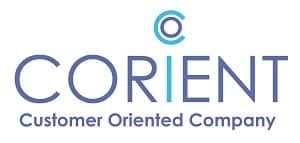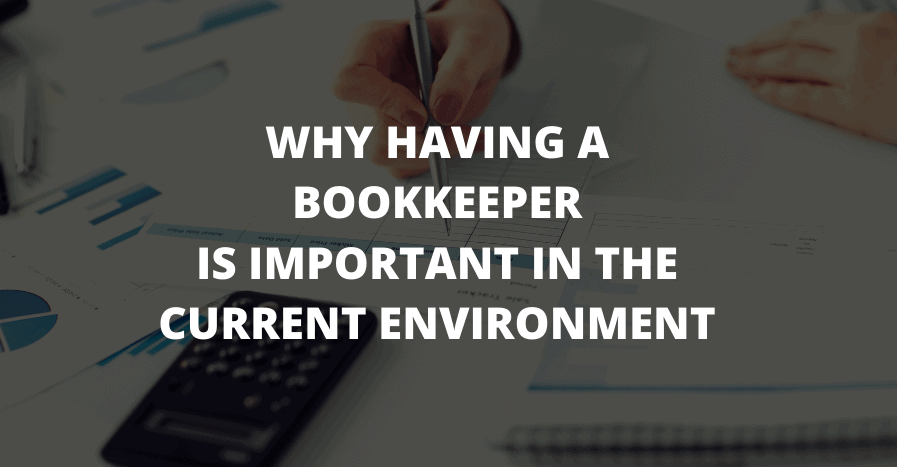Financial reporting is a crucial aspect of any business. It allows you to understand the financial health of your company and make informed decisions that can impact its growth and success. However, for many people, reading financial reports can be overwhelming and intimidating. The good news is that with some basic knowledge and understanding, anyone can learn how to read financial statements like a pro! In this blog post, we’ll break down the different types of financial reports, including balance sheets, profit and loss accounts, cash flow statements, and more. We’ll also give you tips on how to read these reports effectively so that you can make better-informed decisions for your business. Let’s get started!
Financial Statements
Financial statements are the primary tools used to gauge a company’s financial health. These statements provide an overview of a business’s assets, liabilities, equity, revenue, and expenses. This information is important for investors, creditors, and other stakeholders who need to understand the company’s financial performance.
The most common types of financial statements include balance sheets, income statements (also known as profit-and-loss or P&L statements), cash flow statements and statement of changes in equity. The balance
Financial statements are the foundation of financial reporting. They provide a snapshot of an organization’s financial health and performance over a period of time. Typically, there are four main types of financial statements: balance sheets, profit and loss accounts (also known as income statements), cash flow statements, and statement of changes in equity.
A balance sheet is a summary of an organization’s assets, liabilities, and equity at a point in time. It provides insight into the overall financial position by showing what the company owns (assets) versus what it owes (liabilities). Equity represents the residual interest in assets after all liabilities have been deducted.
The profit and loss account shows revenue earned minus expenses incurred during a specific period. It helps to determine whether your business is profitable or not. By monitoring trends over time via comparative reports you can see if your business has managed to grow its net income consistently throughout different periods.
Cash flow statements show how much cash comes into and goes out from an organization during a particular period. This statement is crucial for monitoring liquidity so that you don’t run out of money when needed!
There’s Statement Of Changes In Equity which highlights changes made to shareholder’s equity due to various transactions such as dividends paid out or new shares issued.
Understanding these reports takes practice but once mastered they become essential tools for making informed decisions about finances!
sheet provides a snapshot of how much an organization owns (assets) and owes (liabilities) at a particular point in time. The income statement shows the company’s revenue and expenses over a period of time, while the cash flow statement tells what money is coming into and out of the business. Finally, the statement of changes in equity shows any changes to owners’ equity from transactions such as issuing stock or repaying debt.e sheet summarizes the company’s assets and liabilities at a specific point in time while income or P&L statement describes their revenues earned during that same period. The cash flow statement shows how much money flows into and out of a business over time.
Each type of financial report provides different insights into the financial state of your business. Understanding these reports can help you make better decisions about investments or opportunities for growth.
While reading these reports may seem daunting at first glance due to complex jargon involved in it but with some basic knowledge anyone can grasp them easily!
Types of Financial Reports
When it comes to understanding financial reporting, one of the first things you need to know is the different types of financial reports. These reports provide a breakdown of a company’s financial performance and can help investors and stakeholders make informed decisions.
The first type of report is the balance sheet, which provides an overview of a company’s assets, liabilities, and equity at a specific point in time. The balance sheet helps investors understand how much money a company has on hand and what its debts are.
Another important report is the profit and loss account (P&L), also known as an income statement. This report breaks down all revenue earned by the company during a given period minus all expenses incurred to produce that revenue. This provides insight into whether or not the business is profitable.
A cash flow statement shows how cash moves in and out of a business over time – including operating activities like sales or expenses, investing activities like purchasing property or equipment, financing activities like paying off debt or issuing stock – helping businesses track their liquidity.
Financial ratios are used to analyze various aspects of a company’s operations such as profitability ratios which evaluate earnings relative to sales & asset usage efficiency.
These reports offer insights into different aspects of your business’ finances that should be taken seriously if you want to improve your bottom line!
How to Read a Financial Report
Reading a financial report can be daunting, especially for those who are not familiar with accounting terms and principles. However, understanding how to read financial reports is crucial in evaluating the performance of a company.
The first step in reading a financial report is to identify the different types of financial statements such as the Balance Sheet, Profit and Loss Account, and Cash Flow Statement. Each statement provides specific information about the company’s assets, liabilities, income and expenses.
When reviewing these statements it’s important to look at trends over time rather than just one isolated snapshot. Comparing current results with that of previous years or quarters will give you an idea of whether the company has been growing or declining.
Another critical aspect when reading a financial report is analyzing ratios derived from the data presented. Financial ratios provide insight into liquidity, profitability and operational efficiency which can offer valuable information about how well a business is performing financially.
Outsourcing an accountant or bookkeeper can help individuals interpret complex accounting concepts presented on financial reports efficiently.
By dissecting each element provided in any given financial report- businesses owners will have gained more knowledge on what they should focus their attention on when looking up their own companies’ finances next time around!
Conclusion
Understanding financial reporting may seem like a daunting task, but with the right knowledge and tools, anyone can learn to read and interpret financial reports. By familiarizing yourself with the different types of financial statements, such as balance sheets and profit and loss accounts, you can gain valuable insight into a company’s finances.
Additionally, understanding financial ratios can help you analyze a company’s profitability, liquidity, and overall health. And by knowing how to read cash flow statements, you’ll be able to see where money is coming in and going out of a business.
Outsourcing your accounting needs can be an effective way to ensure that your financial reports are accurate while freeing up time for other important tasks. With these tips in mind, you’ll be well on your way to becoming an expert in reading and understanding financial reporting!







